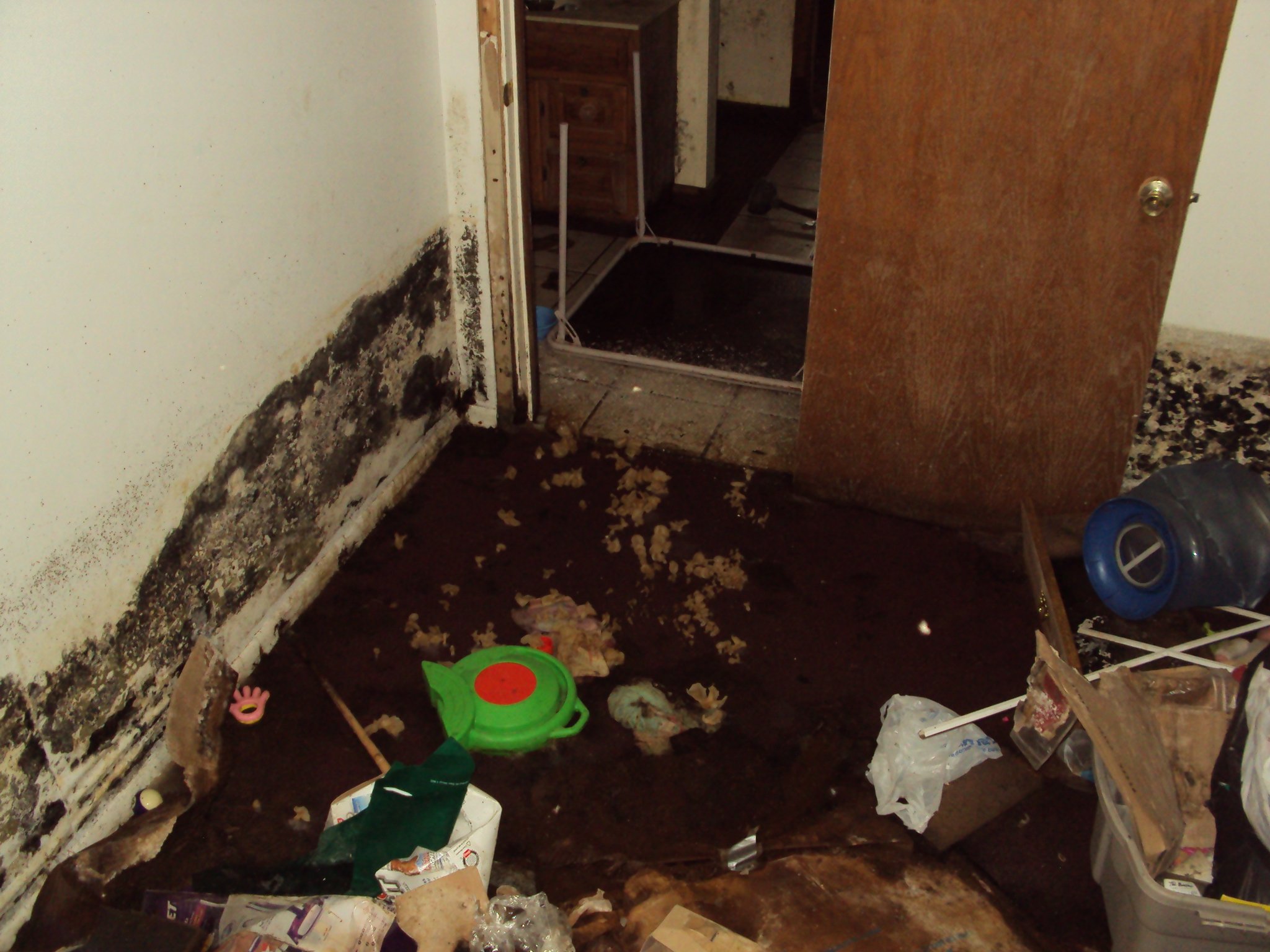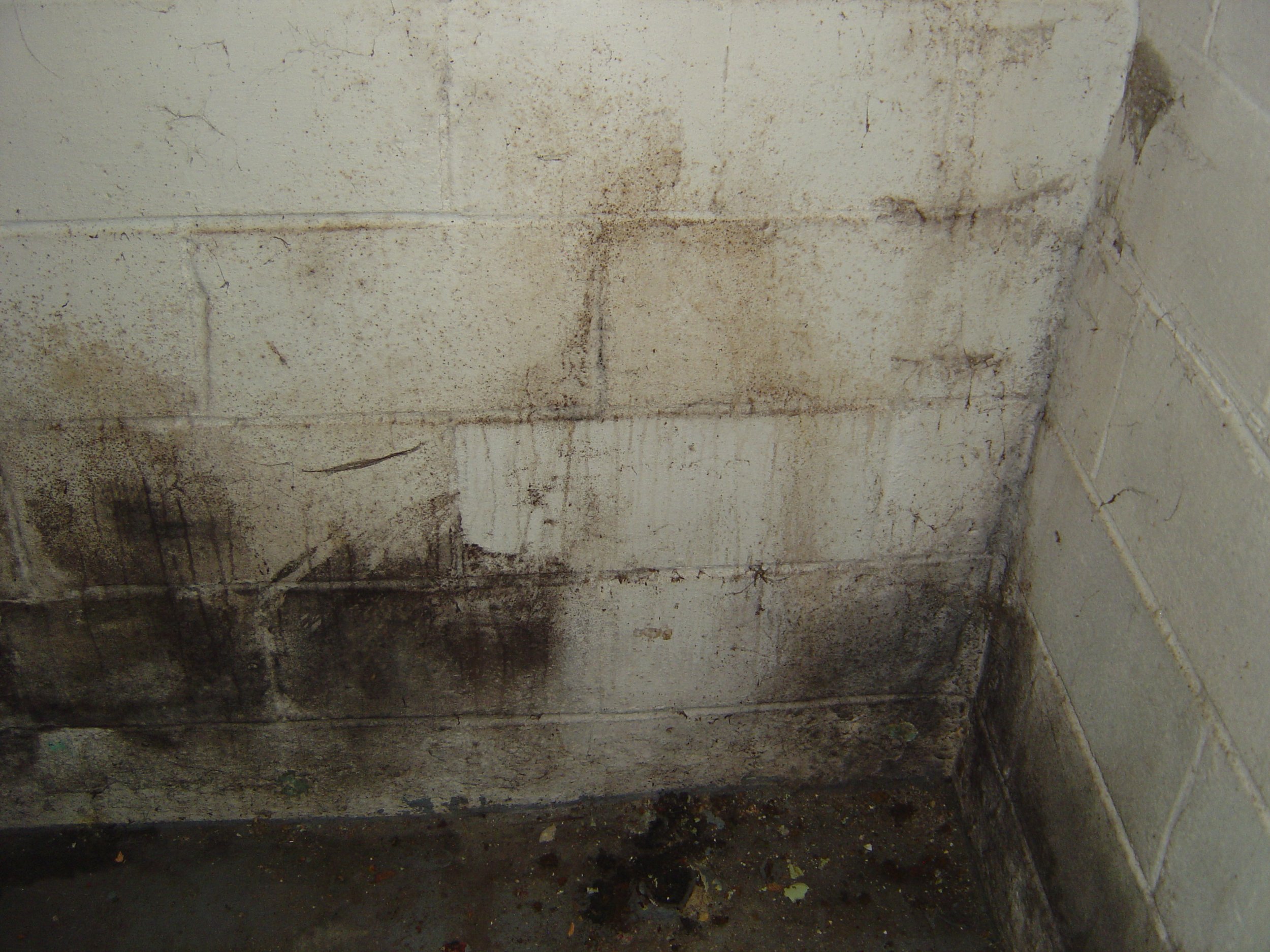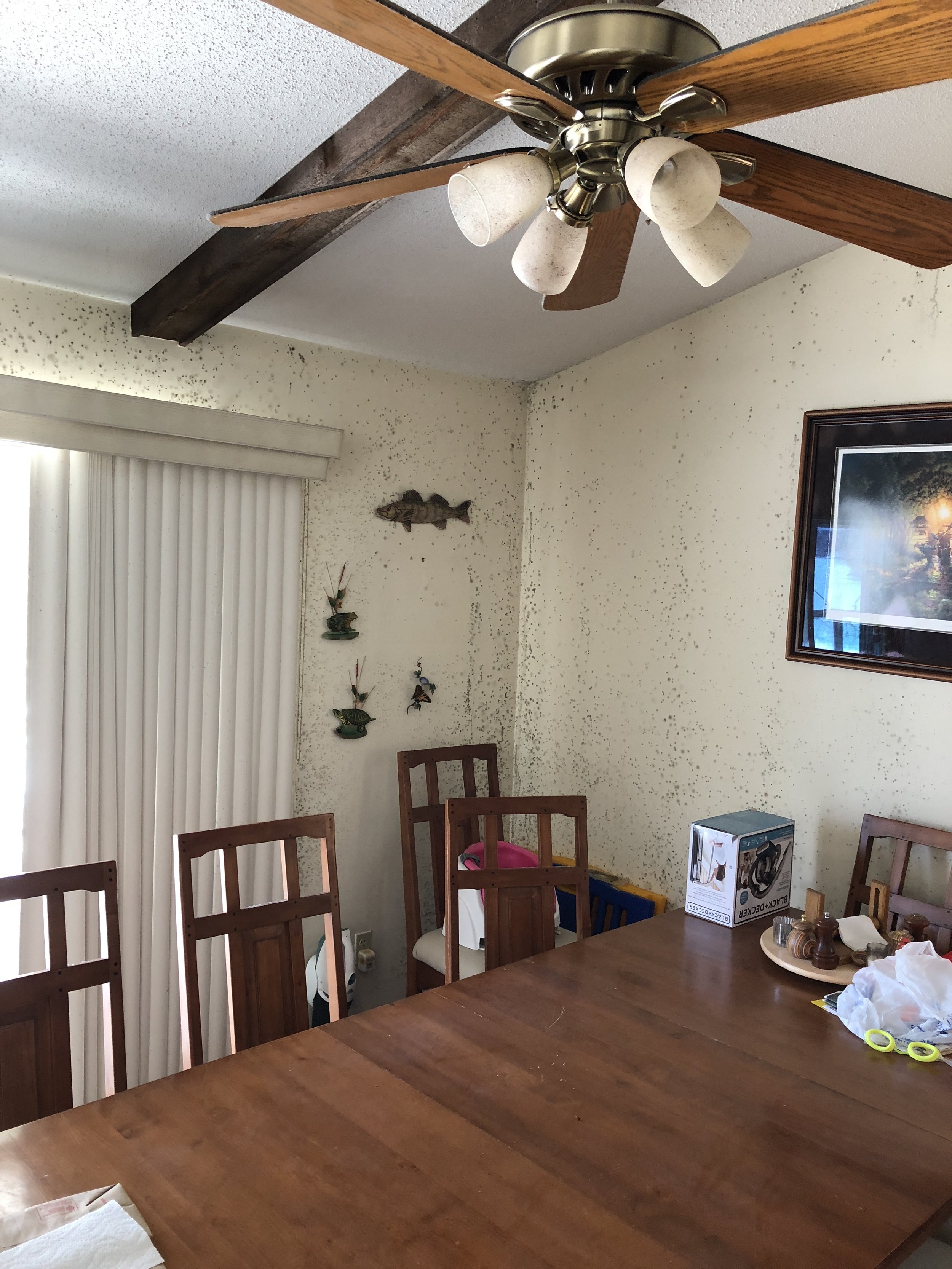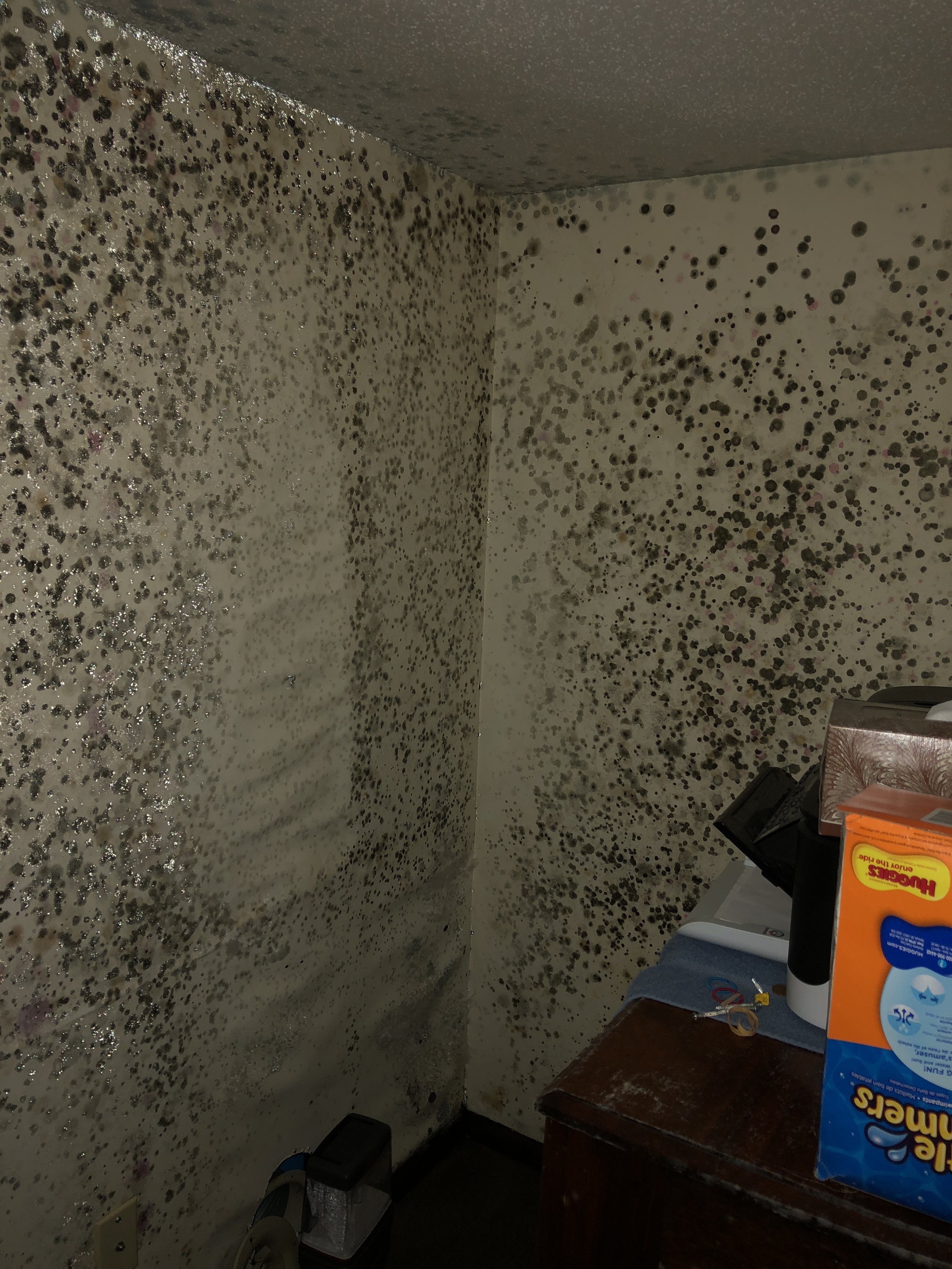ARE ALL TYPES OF MOLD HARMFUL?
Many different types of molds exist, some estimate over 100,000 different species! Exposure to some types of mold may cause harmful effects (coughing, headache, sneezing) in susceptible individuals.
HOW CAN I BE EXPOSED TO MOLD?
Contact with mold by touching, eating, or breathing the mold spores or mold particles are common modes of exposure. Higher mold levels indoors increase the exposure level and may promote an allergy-like reaction. High exposure to mold can lead to an immune response against the mold particles. The degree of response varies from person to person.
HOW CAN I CONTROL MOLD IN MY HOME OR OFFICE?
To control mold, one needs to control moisture. Check areas where water may enter the home, like in the crawlspace or a roof leak. If you find moisture, fix it. Routine maintenance is a must. Also keep the humidity inside below 50%, above this level gives mold enough moisture to grow.
IS MOLD A CONCERN WITH NEW HOMES?
Mold is everywhere. But due to poor construction practices, wet building materials, and/or poor ventilation, some newer homes have higher mold levels than some older homes.
HOW MUCH DOES MOLD REMEDIATION COST?
Mold remediation costs can vary depending on the extent, size, location, and specific parameters of the mold problem. An interior mold problem depends largely on the total area of the mold problem and the type of material supporting mold growth. For instance, drywall may have to be removed when moldy, whereas concrete or plaster can be effectively treated.
HOW DO I KNOW IF I HAVE A MOLD PROBLEM?
Mold typically appears as fuzzy masses, normally on building materials. Molds can produce smelly chemicals that may give a room a “musty” odor. Often times a mold problem begins as staining on ceilings or walls and progresses until numerous mold colonies are visible on the surface of the building material.








